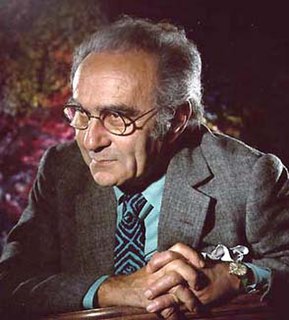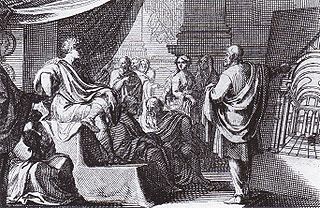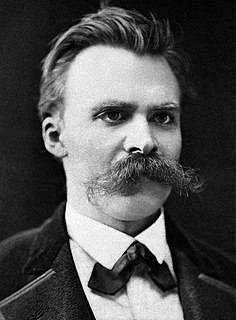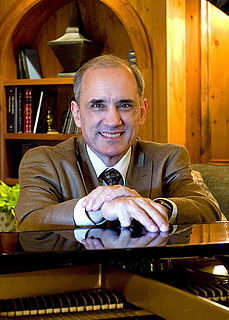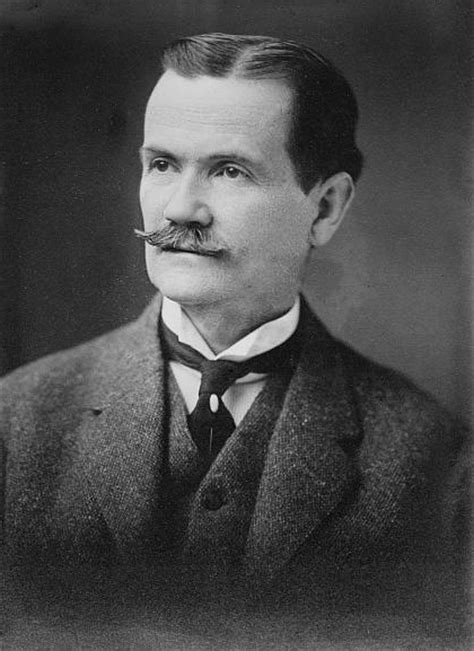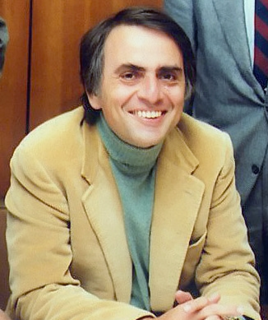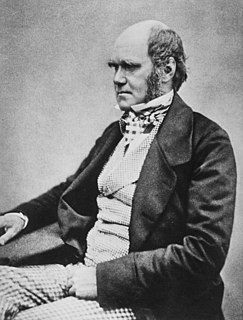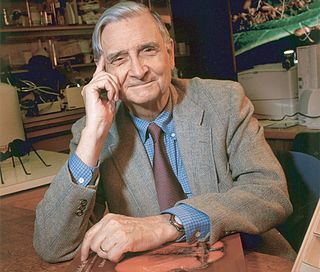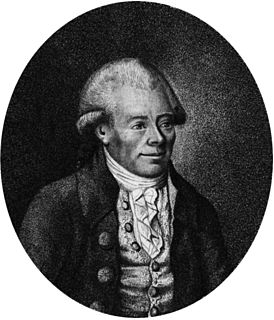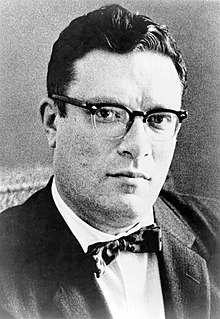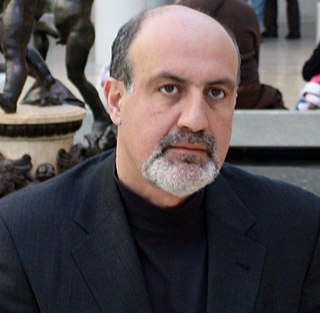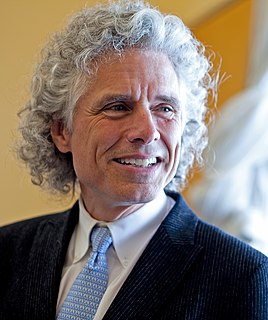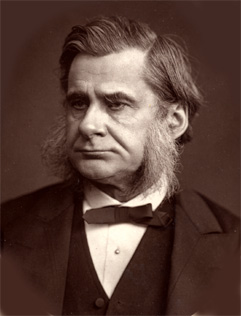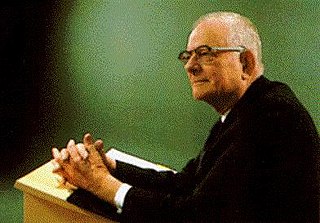A Quote by Jacob Bronowski
When Da Vinci wanted an effect, he willed, he planned the means to make it happen: that was the purpose of his machines. But the machines of Newton ... are means not for doing but for observing. He saw an effect, and he looked for its cause.
Related Quotes
Can you imagine being Leonardo Da Vinci in the 1400s trying to describe his ideas for machines that would allow humans to fly to the average person of his time? This is hundreds of years before the invention of electricity, the internal combustion engine, and many other things we take for granted today.
One should not wrongly reify 'cause' and 'effect,' as the natural scientists do (and whoever, like them, now 'naturalizes' in his thinking), according to the prevailing mechanical doltishness which makes the cause press and push until it 'effects' its end; one should use 'cause' and 'effect' only as pure concepts, that is to say, as conventional fictions for the purpose of designation and communication-not for explanation.
I went to the Louvre in Paris, and I saw all the paintings and the Mona Lisa. You don't really see something like that every day. I was looking at it, and everything else in the room just shut out. Like, Leonardo Da Vinci painted this thing - this is unreal that he touched that. It had this crazy effect on me.
In the performance of an illocutionary act in the literal utterance of a sentence, the speaker intends to produce a certain effect by means of getting the hearer to recognize his intention to produce that effect; and furthermore, if he is using the words literally, he intends this recognition to be achieved in virtue of the fact that the rules for using the expressions he utters associate the expression with the production of that effect.
Da Vinci was as great a mechanic and inventor as were Newton and his friends. Yet a glance at his notebooks shows us that what fascinated him about nature was its variety, its infinite adaptability, the fitness and the individuality of all its parts. By contrast what made astronomy a pleasure to Newton was its unity, its singleness, its model of a nature in which the diversified parts were mere disguises for the same blank atoms.
Art historians agree that Da Vinci's paintings contain hidden levels of meaning that go well beneath the surface of the paint. Many scholars believe his work intentionally provides clues to a powerful secret... a secret that remains protected to this day by a clandestine brotherhood of which Da Vinci was a member.
